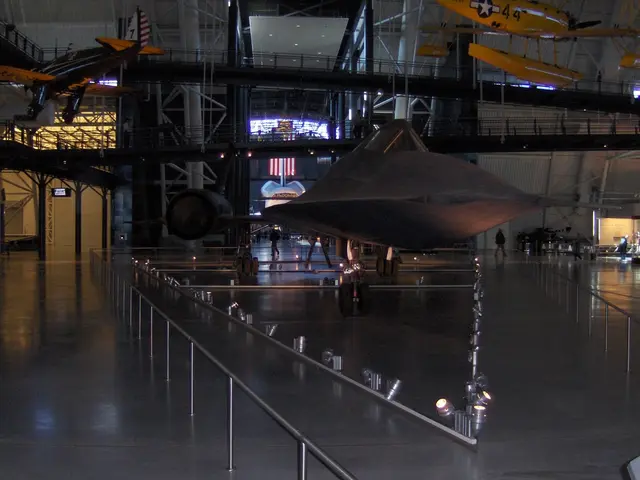Trump Extends Invitation to Visit Putin's Caucasian Square Following Armenia-Azerbaijan Agreement
In a bold challenge for the region, Azerbaijani President Ilham Aliyev and Armenian Prime Minister Nikol Pashinyan came together on Friday, August 8, to sign a protocol of agreement. The event, which took place at a location not specified, was witnessed by former U.S. President Donald Trump.
The protocol of agreement represents the first step towards a peace treaty between Azerbaijan and Armenia, aiming to end the longstanding Nagorno-Karabakh conflict. The key element of this agreement is the strategic transit corridor, which will connect Azerbaijan with its exclave Nakhchivan through Armenian territory. This corridor, dubbed the Trump Route for International Peace and Prosperity (TRIPP) by the U.S. government, will allow direct transit linking Turkey and Azerbaijan without traversing Iran or Russia.
Under this deal, Armenia has granted the United States exclusive special development rights over the Zangezur corridor land for 99 years. The U.S. will sublease this to a consortium to develop infrastructure including rail, oil, gas, fiber optics, and possibly electricity transmission.
This agreement is a significant geopolitical development, designed to reduce Iranian, Russian, and Chinese influence in the South Caucasus by providing new transit routes favoring Western and regional allies. The corridor remains under Armenian legal jurisdiction to respect Armenian sovereignty.
Regional reactions to this development are mixed. Iran has expressed security concerns and threatened to block the corridor, whereas Russia welcomed the peace accord but cautioned against external intervention. Within Armenia and Azerbaijan, public opinion also remains cautious about the deal's implications.
This 17-point declaration facilitated by Trump’s administration marks a notable shift as the United States took a leading role in brokering peace between the two countries, a role traditionally held by Russia. Azerbaijan has since sought deeper ties with the U.S. in national security and technology following the agreement.
Despite the historic nature of the event, the exact terms of the peace treaty, if it is eventually reached, are still unknown. The specific details of the protocol of agreement were not disclosed in the article. Nonetheless, the photo of the three leaders together is a significant moment in the ongoing conflict between Azerbaijan and Armenia, symbolizing hope for a peaceful future.
Read also:
- Court petitions to reverse established decision on same-sex marriage legalization
- Proposed Standardization of Food Labeling Laws Among Member States by the Commission
- Commemoration of 200 Days of American Resurgence Unveiled
- Minister Bärbel Bas expresses doubts about her tenure as a minister following a recent interview during the summer.








